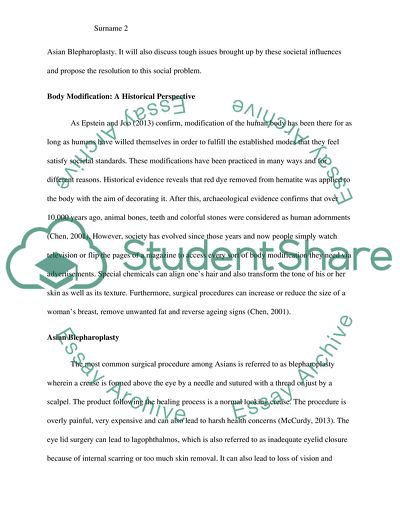Cite this document
(“Asian Blepharoplasty As A Type Of Body Modification Essay”, n.d.)
Retrieved from https://studentshare.org/history/1671016-final-draft
Retrieved from https://studentshare.org/history/1671016-final-draft
(Asian Blepharoplasty As A Type Of Body Modification Essay)
https://studentshare.org/history/1671016-final-draft.
https://studentshare.org/history/1671016-final-draft.
“Asian Blepharoplasty As A Type Of Body Modification Essay”, n.d. https://studentshare.org/history/1671016-final-draft.


